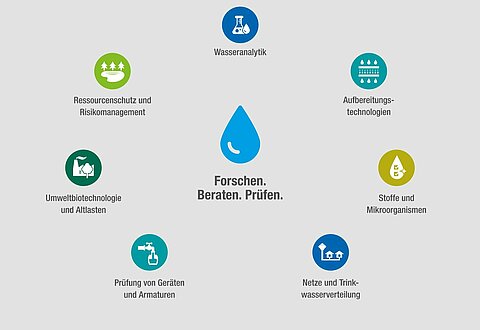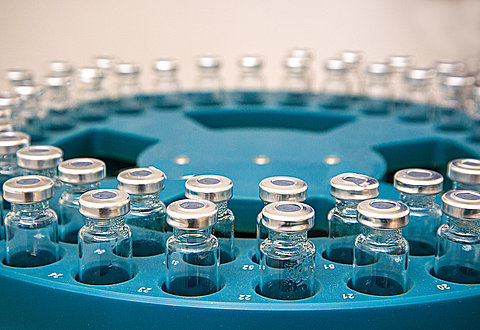Per- and polyfluoroalkyl substances (PFAS) is a collective term for thousands of chemicals that contain the perfluoroalkyl unit -CF2. Investigating samples from the German Environmental Specimen Bank using innovative analysis techniques should now provide information on environmental pollution caused by this group of substances.
Per- and polyfluoroalkyl substances (PFAS) is a collective term for thousands of chemicals that contain the perfluoroalkyl unit -CF2. Most of these substances can be potentially degraded in the environment into the extremely persistent perfluorinated alkyl acids (PFAA). Using common single substance analysis methods only around 20 PFAA are usually recorded – given the many possible precursors, these analyses do not enable sufficient assessment of the PFAS pollution of various environmental compartments.
The aim of the project is to explore and record the overall environmental exposure to PFAS in Germany and beyond. This is achieved by using innovative environmental analytical methods on samples of the German Environmental Specimen Bank (UPB) and other samples provided by the German Environment Agency from environmental monitoring programmes. The PFAS analyses already performed on UPB samples are supplemented by additional substance-specific analyses and a surrogate parameter. This answers the following questions:
- To what extent are precursors, which can potentially be transformed into persistent PFAA, present in different environmental compartments?
- To what extent are short-chain PFAS with the potential to disrupt raw water and drinking water present in different environmental compartments?
- To what extent are substitutes for long-chain PFAA, recently brought on the market, present in different environmental compartments?
- To what extent can the single substances also analysed in this project explain, as a whole, the formation potential of PFAA in different environmental compartments?


![[Translate to English:] Prüfstelle-Produktprüfung_Teststand Test centre and product testing](/fileadmin/_processed_/0/9/csm_TZW-Karlsruhe_Pruefung_Geraete-Teststand_444204ae51.jpg)
























